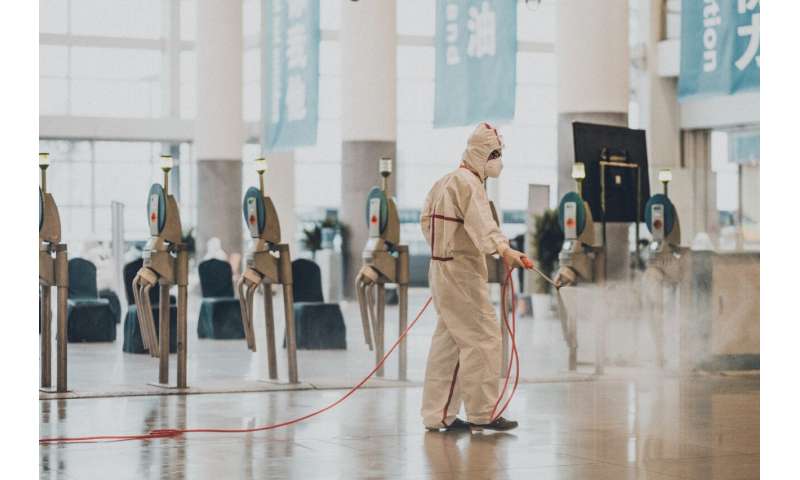
A team of applied science researchers at the University of British Columbia have joined the fight against COVID-19. They’ve developed a systematic feedback strategy they say can help public health authorities in their efforts to contain the virus over the next several months.
Their proposed methodology—inspired by work of epidemiologists at Imperial College and others—does not need to rely on accurate predictive models. It uses hospital ICU capacity as a barometer for determining when physical distancing should be tightened up, and when it should be relaxed.
In this Q&A, the team that performed the analysis, Guy Dumont, Greg Stewart and Klaske van Heusden, from the electrical and computer engineering department at UBC, explain the rationale behind the method.
You’re proposing a feedback-based strategy for fighting COVID-19. Why is this important?
There are signs that Canada is making progress on flattening the curve of new COVID-19 infections, but public health authorities stress that it’s critical to keep the momentum going. Canadians need to continue physical distancing—the primary non-pharmaceutical weapon in this fight—over the next several months while awaiting a vaccine.
However, people need to know what our exit strategy is. When can distancing be safely relaxed for our society to continue functioning? Our methodology can enable decision makers to fine-tune the timing, duration and scope of intervention measures like isolation and quarantining.
This can help public health officials bring the outbreak under control and manage hospital caseloads as we wait for herd immunity to take effect or for a vaccine to be developed—while at the same time permitting safe relaxing of physical distancing.
What does your feedback-based method look like?
We used the standard SEIR (susceptible, exposed, infected, recovered) epidemic model that public health researchers typically use to predict the spread and impact of an outbreak. We use the number of available hospital ICU beds as the primary measure of health care capacity. The goal is always to bring infectivity rates to manageable levels.
As an example, if hospitals in jurisdiction X are approaching overcapacity, the feedback-designed policy will suggest an increase to the physical distancing in the region. When the healthcare capacity increases, the policy can suggest an optimal time for policymakers to relax or lift these intervention strategies. It’s key that many or most interventions have intermediate options that can be leveraged and thus avoid oscillations and repeated outbreaks.
Our approach emphasizes the important role that feedback can play to stabilize the system. Left on its own the epidemic is unstable, i.e. it grows exponentially. If we apply a basic control principle known as feedback stabilization, we can bring and maintain the propagation rate to a level manageable by our healthcare system. We’ve thus drawn on engineering principles to provide policy suggestions that take into account economic considerations and medical constraints.
How does this add to our current knowledge of the novel coronavirus?
Current epidemiological models of COVID-19 do not have an accurate way of estimating when to relax and when to tighten distancing interventions. An overly aggressive on-off approach may lead to unmanageable swings in health care capacity and the number of new cases. This is for instance what happened in St. Louis during the 1918 Spanish flu pandemic.
Source: Read Full Article
